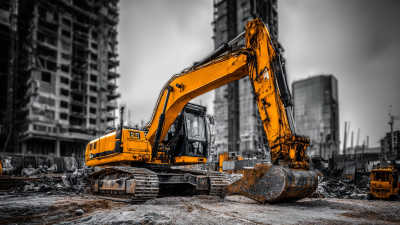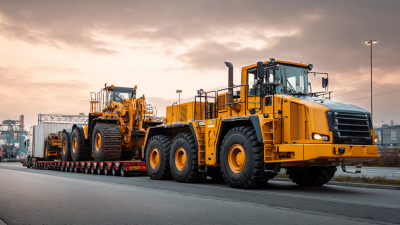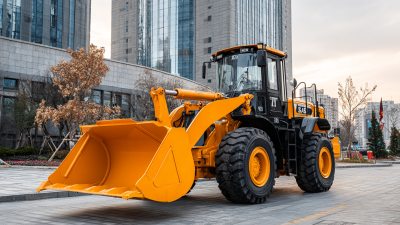Leave Your Message
-
Phone
-
E-mail
-
Whatsapp
In the realm of construction projects, the efficiency and success of operations largely hinge on the effective utilization of Heavy Equipment Machinery. This ultimate guide is designed to equip project managers, construction experts, and industry enthusiasts with a comprehensive understanding of the best types of heavy machinery available.
From excavators and bulldozers to cranes and backhoes, each type of equipment plays a crucial role in enhancing productivity and ensuring safety on construction sites. By delving into the essential features, applications, and advantages of various heavy equipment options, this guide will help you make informed decisions that align with your project's specific needs.
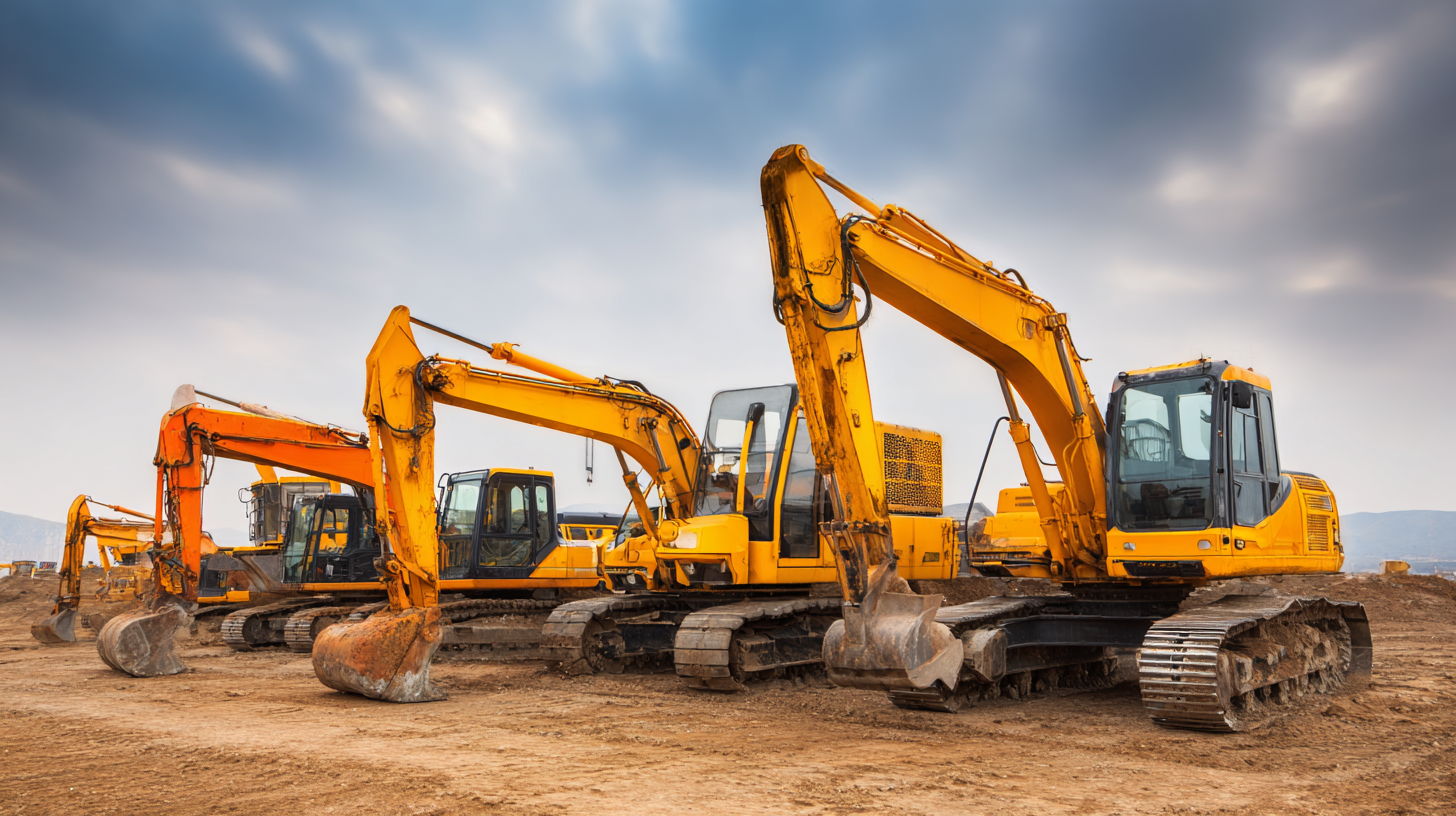
Whether you are embarking on a large-scale infrastructure project or a smaller residential build, understanding the capabilities and best practices surrounding Heavy Equipment Machinery is paramount for achieving optimal results.
When it comes to ensuring the success of construction projects, the choice of heavy equipment machinery is paramount. According to a report by the Association of Equipment Manufacturers (AEM), nearly 50% of all project delays can be attributed to improper equipment selection. Understanding the top heavy equipment types is crucial for optimizing workflows and enhancing productivity on site.
Among the essential heavy equipment types, excavators hold the top position. They are invaluable for digging, lifting, and demolition, providing the versatility that construction sites demand. The Global Excavator Market Report indicates a projected growth of 5.2% annually, underscoring their importance in both urban and rural construction projects. Additionally, bulldozers are indispensable for their ability to clear land and grade surfaces, facilitating efficient site preparation.
Other critical machinery includes cranes, which are vital for lifting heavy materials safely, and loaders, which are essential for transporting dirt and materials across the site. As highlighted in a report by Market Research Future, the demand for skid steer loaders is also expected to rise significantly in the coming years, as they offer compactness and agility in tighter workspaces. Recognizing the right equipment can lead to streamlined operations and ultimately, the successful completion of construction projects.
| Equipment Type | Primary Use | Weight (lbs) | Operating Cost per Hour ($) | Key Features |
|---|---|---|---|---|
| Excavator | Digging and Excavation | 20,000 - 100,000 | 50 - 150 | 360-degree rotation, various attachments |
| Bulldozer | Earthmoving and Grading | 15,000 - 75,000 | 40 - 120 | Powerful blade for pushing materials, traction |
| Loader | Material Handling | 10,000 - 70,000 | 30 - 100 | Bucket for lifting and moving materials |
| Crane | Lifting Heavy Loads | 15,000 - 300,000 | 80 - 250 | High reach and maneuverability, various configurations |
| Backhoe Loader | Digging and Loading | 15,000 - 25,000 | 25 - 75 | Versatile tool combining loader and backhoe |
| Dump Truck | Hauling Materials | 15,000 - 100,000 | 50 - 200 | Tilting bed for unloading, various sizes |
| Forklift | Vertical Lifting | 3,000 - 20,000 | 15 - 50 | Maneuverable design, lift capability |
| Skid Steer Loader | Compact Loading and Moving | 1,500 - 8,000 | 20 - 60 | Compact size, multiple attachments |
| Grader | Surface Leveling and Grading | 20,000 - 50,000 | 60 - 150 | Long blade for precision leveling, adjustable blade angle |
| Paver | Laying Asphalt and Concrete | 15,000 - 50,000 | 60 - 180 | Self-propelled, adjustable hopper and screed |
When selecting heavy equipment machinery for construction projects, it's essential to consider several key factors that can greatly influence efficiency and cost-effectiveness. One significant aspect is the power output of the equipment. For example, machinery categorized under 101-200 hp is ideal for medium-sized projects, while larger operations may require equipment in the 201-400 hp range. According to market reports, the global construction equipment rental market is projected to grow from $126.1 billion in 2024 to $200.8 billion by 2032, reflecting a compound annual growth rate (CAGR) of 6.0%, highlighting the increasing demand for scalable machinery options.
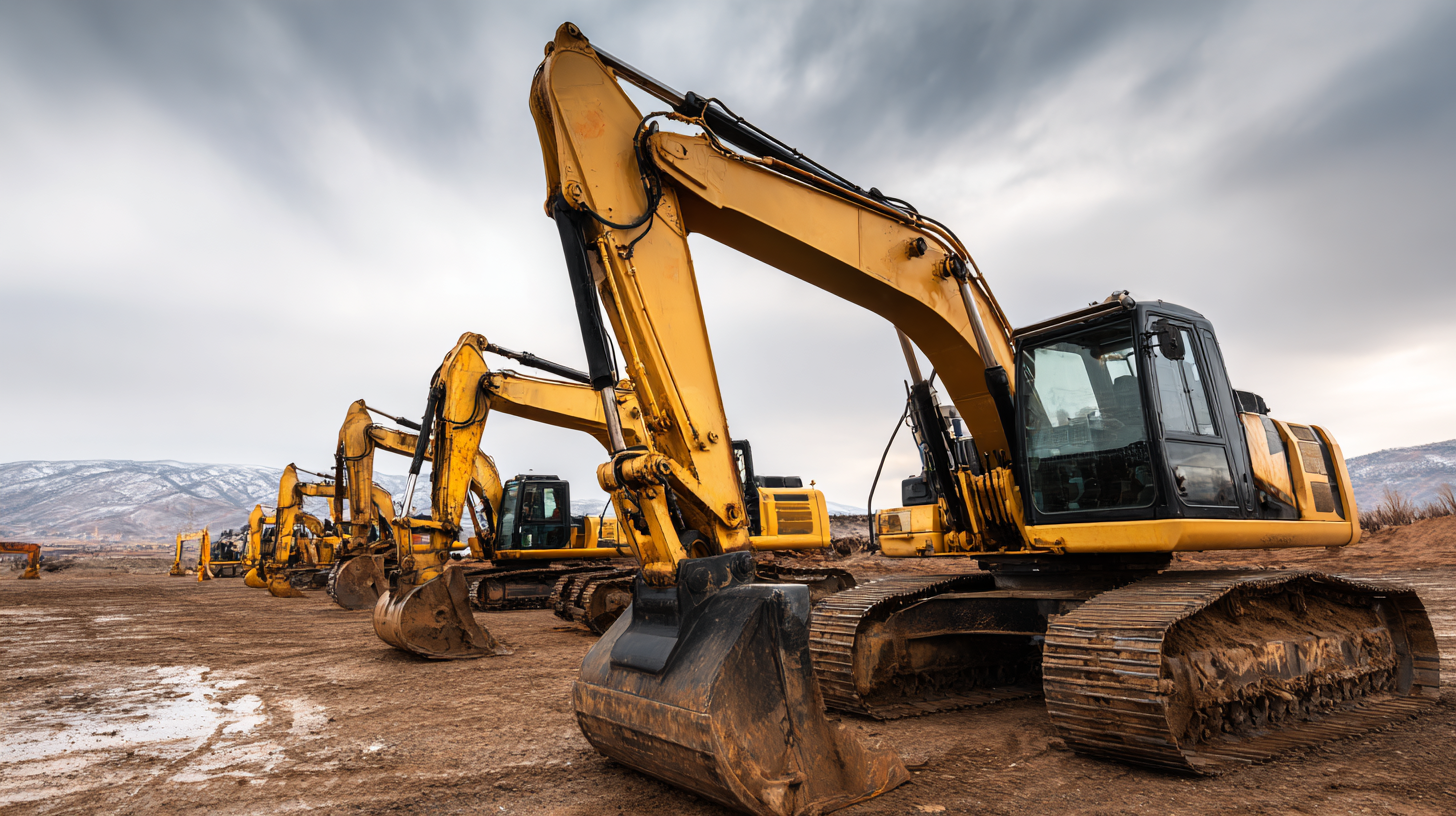
Tip: Evaluate your project's power requirements in correlation to the type of machinery available, as this will help you choose equipment that not only fits the task but also optimizes fuel efficiency and operational costs.
Another crucial factor is the technology and automation features of the machinery. With advancements in automation and sustainability, investing in modern equipment equipped with these technologies can significantly enhance productivity and safety on-site. The metal forging industry, for instance, is evolving rapidly due to technological innovations, which are also making their way into construction machinery. This shift indicates a trend towards more efficient, environmentally-friendly operations.
Tip: Consider machinery that offers automated features and connectivity options, as these can facilitate real-time monitoring and maintenance, thereby reducing downtime and increasing reliability.
Maintaining heavy equipment on job sites is crucial for ensuring safety, efficiency, and longevity of the machinery. Here are some best practices that can significantly enhance the maintenance process.
Firstly, conducting daily inspections before use allows operators to identify any issues early on, potentially preventing costly repairs down the line. Equipment should be checked for fluid levels, leaks, and the condition of vital components, ensuring that everything is in working order.
Another essential tip is to implement a regular maintenance schedule. Keeping up with routine services such as oil changes, filter replacements, and lubrication not only prolongs the life of the equipment but also keeps it running at peak performance. By documenting maintenance activities, operators can track service history and predict future needs effectively.
Finally, training your workforce is vital. Ensure that all operators and maintenance personnel are well-trained in both the operation and the proper maintenance procedures of the equipment. This knowledge minimizes the risk of accidents and reduces wear and tear on the machines. With these practices in place, job sites can run smoothly, reducing downtime and enhancing productivity.
The construction industry is experiencing a technological revolution that is reshaping the landscape of heavy equipment machinery. Innovations such as telematics, which allows real-time monitoring of equipment performance, are enabling project managers to optimize efficiency and reduce downtime. These technologies not only enhance productivity but also improve safety on job sites by providing vital data that can preemptively identify potential issues.
One tip for construction professionals is to embrace telematics fully. By analyzing data from machinery, managers can schedule maintenance proactively, thereby extending the lifespan of the equipment and minimizing unexpected failures. Another notable innovation is the use of augmented reality (AR) for training operators, which can significantly shorten the learning curve for new hires and ensure they are well-equipped to operate complex machinery safely and effectively.
Additionally, advancements in electric and hybrid machinery are paving the way for greener construction practices. Utilizing these technologies can dramatically lower emissions and fuel costs, supporting sustainability goals within the industry. Adopting these innovations not only enhances operational efficiency but also aligns with the growing demand for environmental responsibility in construction projects.
Operating heavy machinery on construction sites poses significant risks, but adhering to safety protocols can mitigate these dangers effectively. According to the Occupational Safety and Health Administration (OSHA), over 90 workers are killed each year in the U.S. due to heavy equipment accidents. To combat this alarming statistic, it’s crucial to implement essential safety measures.
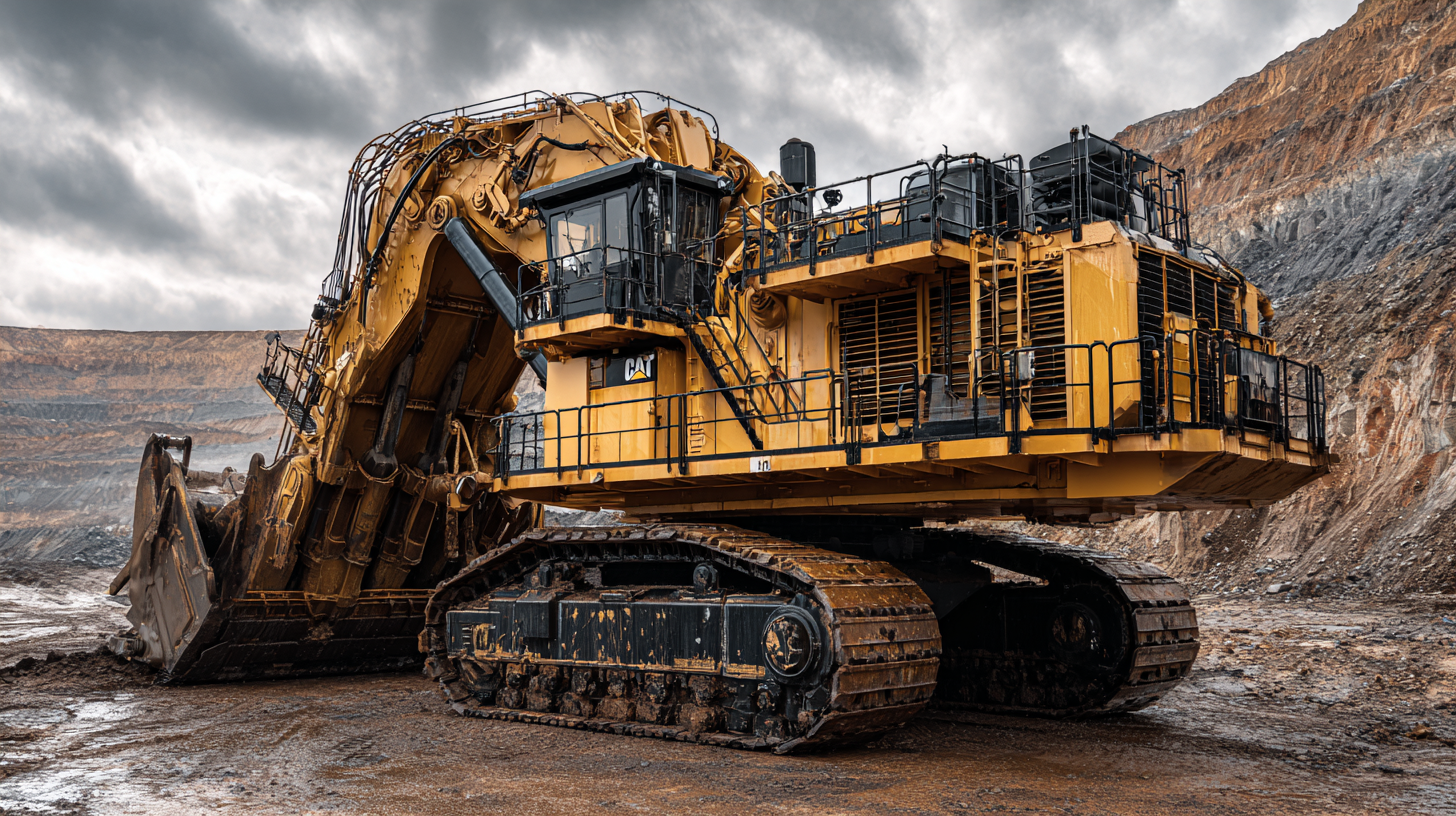
Firstly, proper training is paramount. Workers should be certified and receive comprehensive instruction on the specific machinery they will be operating. A report by the National Institute for Occupational Safety and Health (NIOSH) emphasizes that training can significantly reduce the risk of accidents, highlighting a 20% decrease in incidents where operators have undergone formal safety training.
Moreover, conducting regular equipment inspections ensures that all machinery is functioning correctly and safely. The Construction Industry Institute (CII) reports that preventative maintenance can reduce machinery-related incidents by up to 50%. Operator awareness and equipment reliability play critical roles in maintaining safety standards on construction sites, ultimately fostering a culture of safety that protects workers and enhances productivity.
